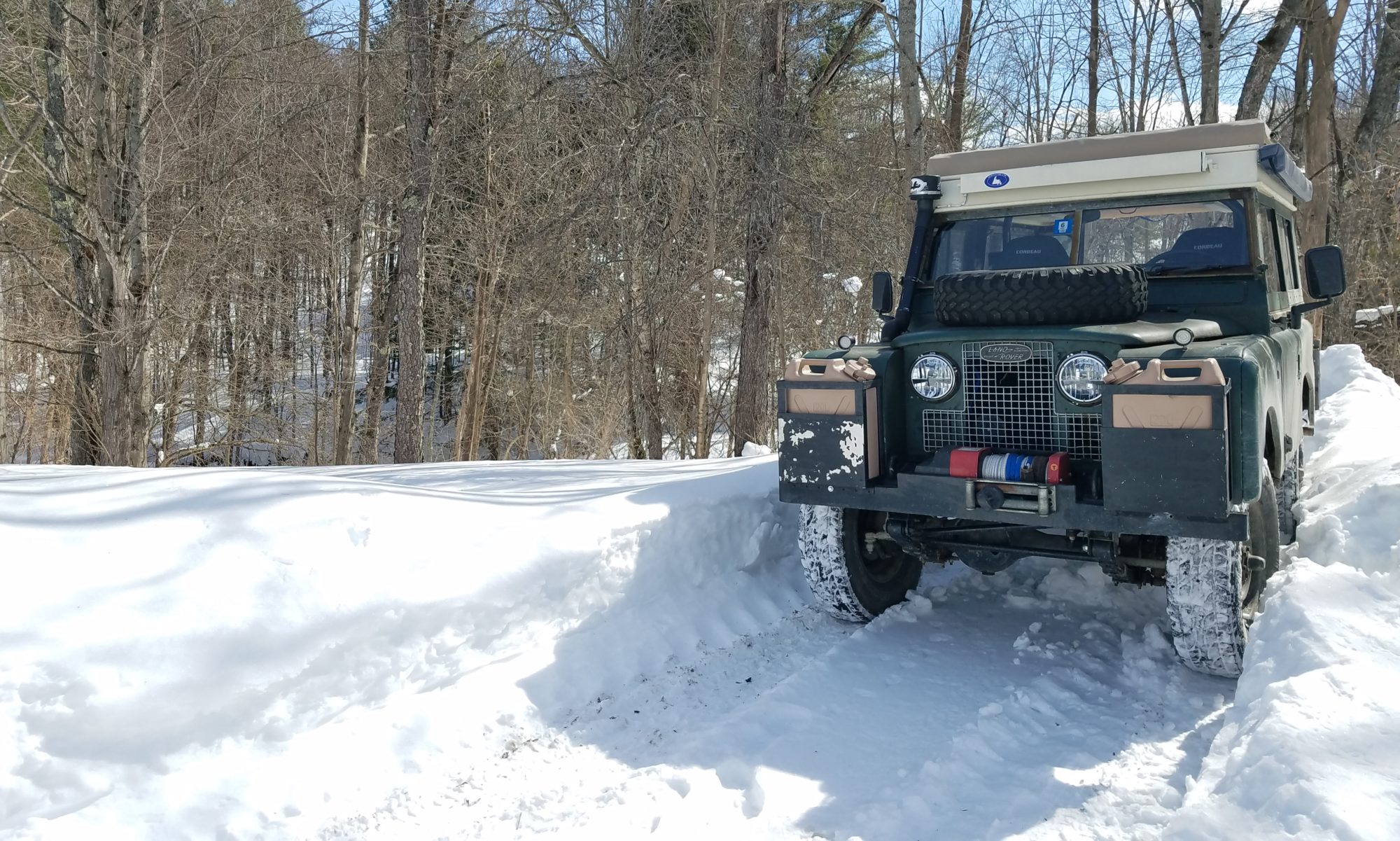National Parks and Monuments aren’t normally our first choice, mainly because of the crowds. We prefer the smaller, out of the way places, where one can sit and really absorb in relative peace.
While visiting the small park at Hovenweep, we encountered an older woman who at first, to be honest, was quite loud and annoying, just the type of people we try to avoid. She was spouting to anyone within hearing distance how much she knew about the southwest and ancient ruins…we gave her a wide berth only to run smack into her!! Darrin, being nicer and more social, answered her call to engage in conversation. Much to our chagrin, she turned out to be a very nice woman who actually was a wealth of information. She and her husband had not only worked at Mesa Verde, but had written books for several parks in the area. The old “don’t judge a book by its cover” smacked us in the butt.
What is the point of all this rambling?
During our conversation with her, she told us the best part of Mesa Verde was the Mesa Top Loop…and she was right. This loop takes you from early Pithouses constructed as far back as 600 A.D. to the above ground Pueblos and Cliff Dwellings dating to the 1300’s. It was an incredibly fascinating loop through history. I don’t know her name to thank her for the advice, perhaps the universe will make her ears burn every time someone reads this.
We enjoyed our visit to Mesa Verde, but as usual we prefer the smaller parks. If we were to visit again, we would come about a month earlier so we could tour one of the cliff dwellings. We were too late in the season.






